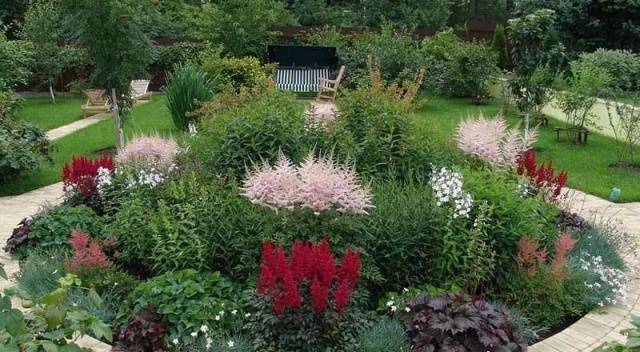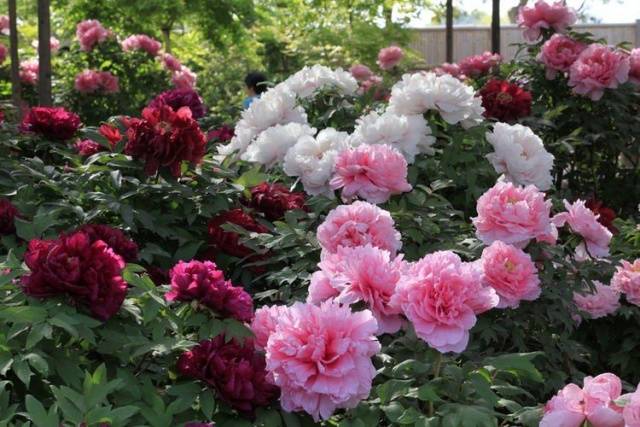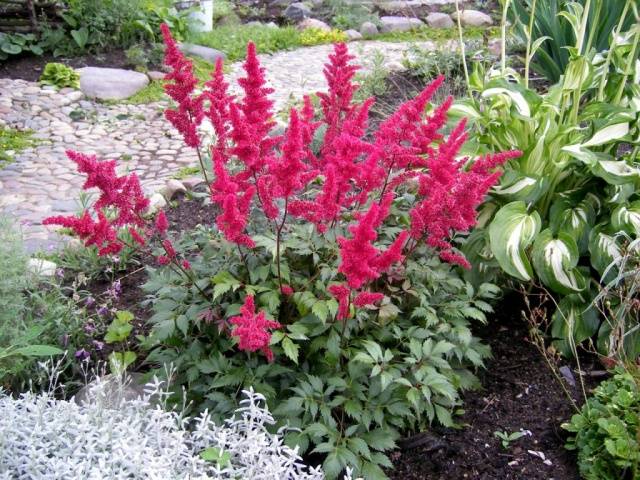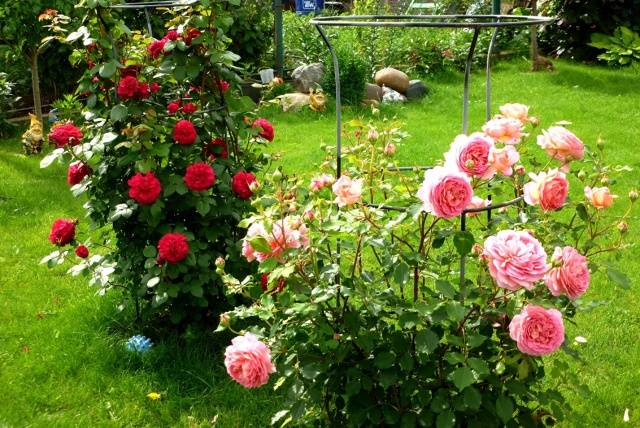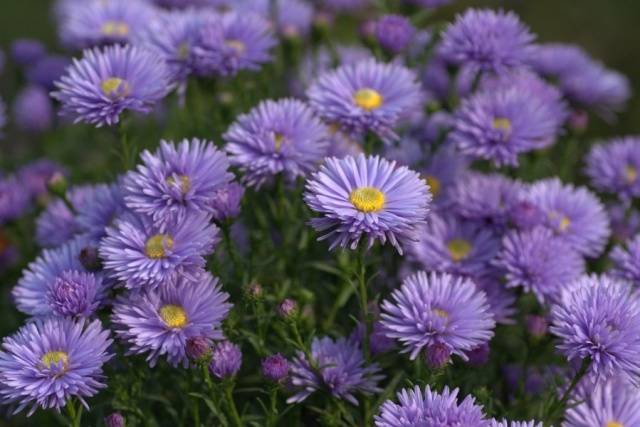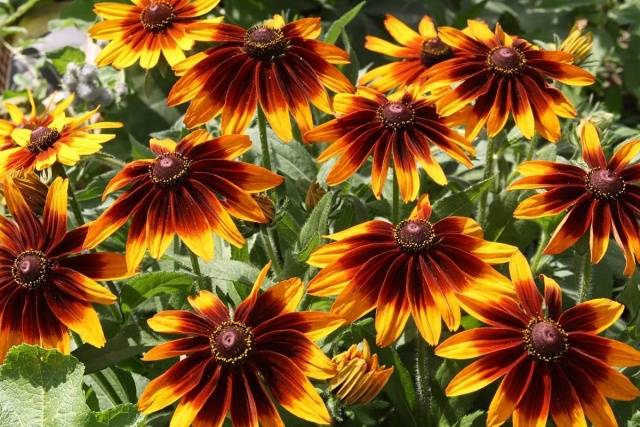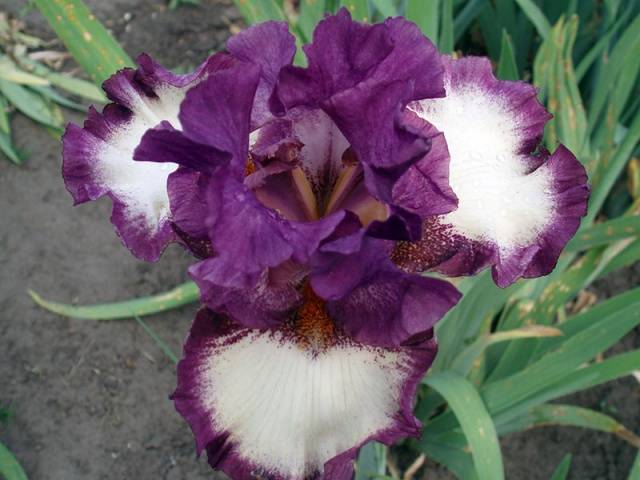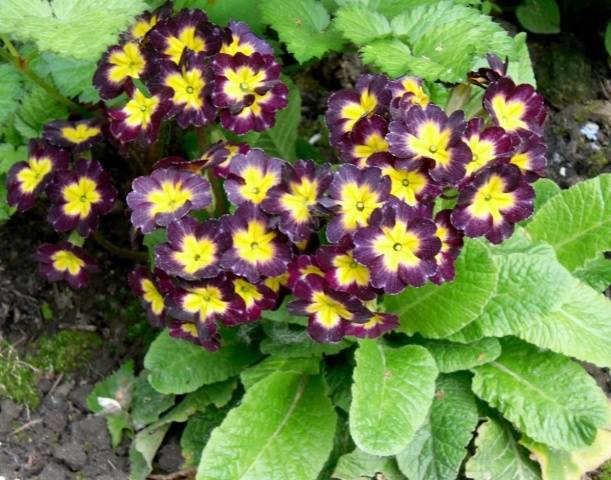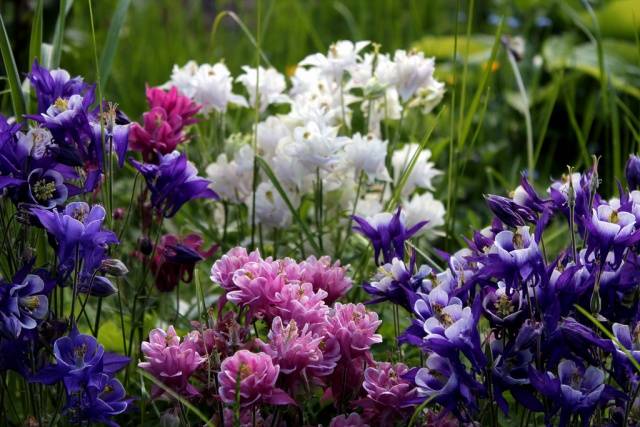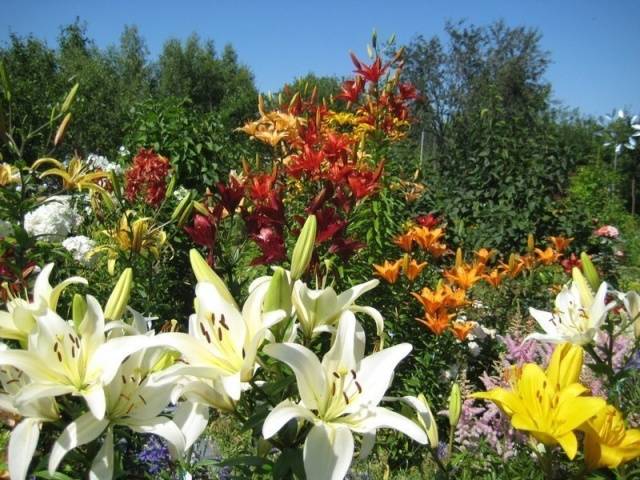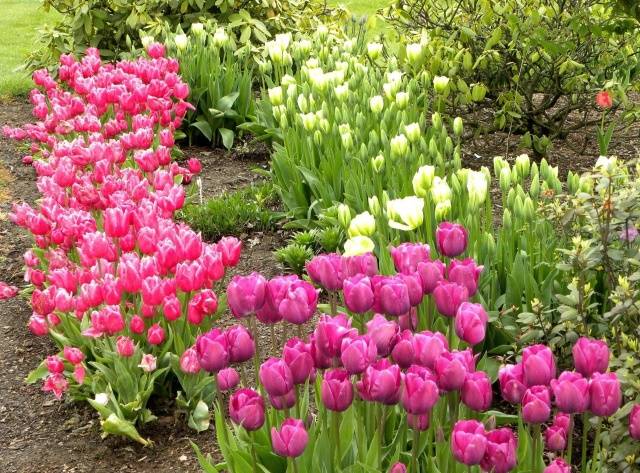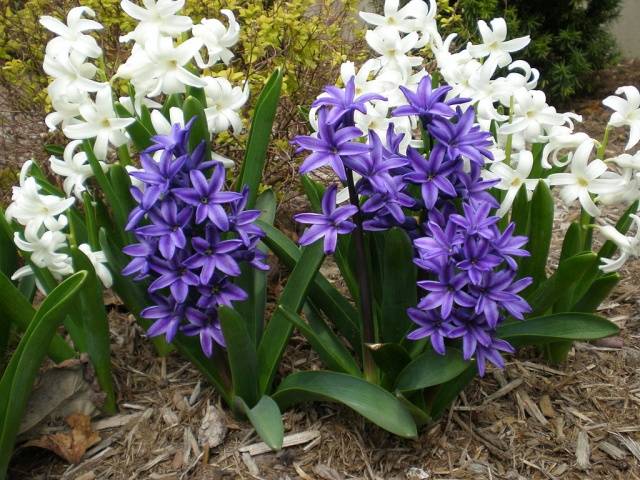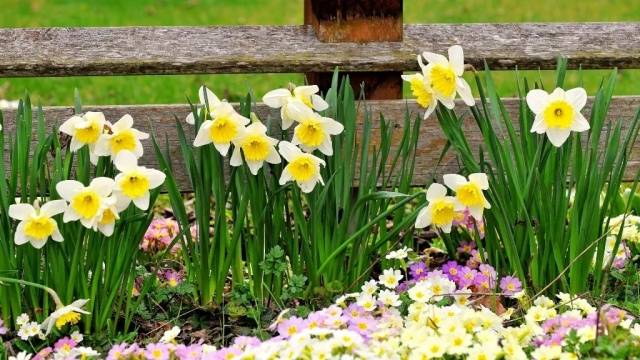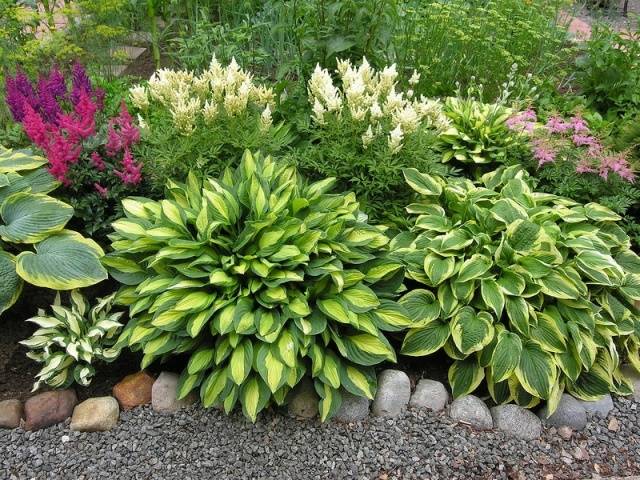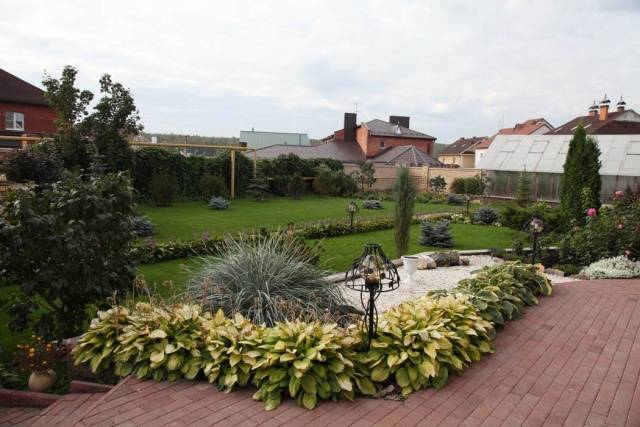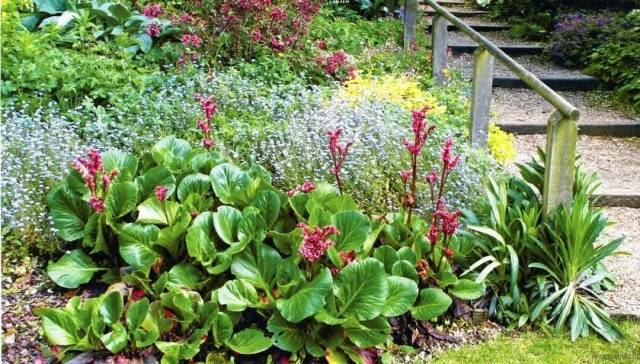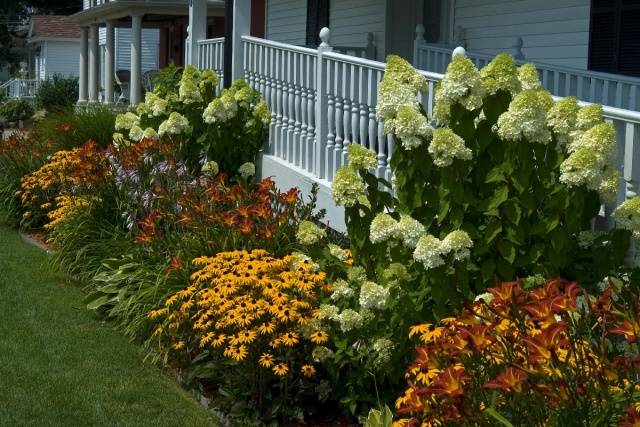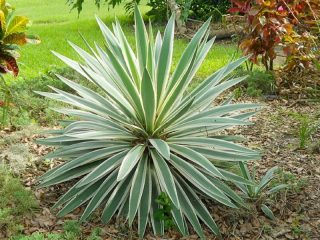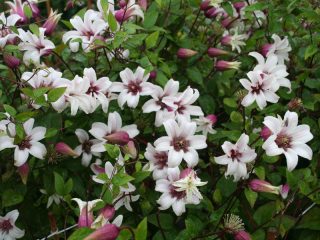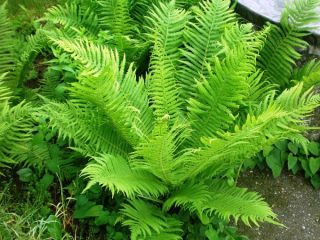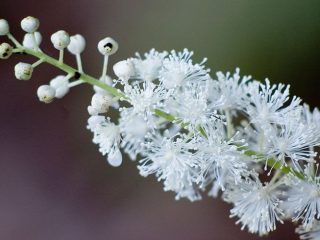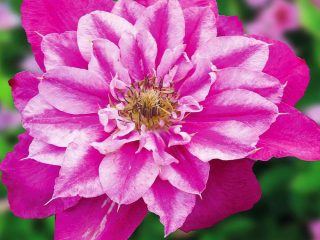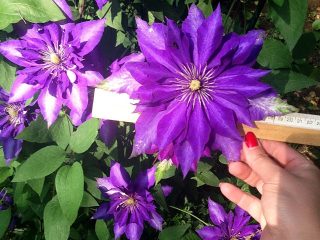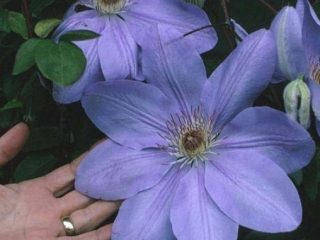Content
There is hardly at least one garden plot that is not decorated with a flower bed. After all, a summer cottage for city residents is not only a source of organic vegetables and berries, but also a place for a pleasant pastime. In short hours of rest, we want beauty to surround us, so that it is pleasing to the eye.
There is always enough to worry about at your dacha. And in order to minimize physical and material costs, many gardeners choose perennials to decorate their flower beds. Perennial plants are undemanding in care, do not need to be replanted for many years, you just need to take care of the planting site once, prepare it correctly, enrich it with compost, humus and mineral fertilizers.
Perennials will become the basis of your flowerbed; by planting annuals next to them, you can successfully conduct design experiments. Or by choosing the right perennial plants that bloom at different times, you can create flowerbed of continuous flowering. The good thing about perennials is that many tolerate the Russian winter quite calmly; the plants do not need to be dug up and no need to worry about storage conditions.
Beautiful flowering perennials overwintering in open ground
We won’t reveal the secret: wintering perennials preserve themselves perfectly in the ground.After the end of the growing season, the above-ground part dies off, the roots and bulbs go into hibernation during the winter, only to awaken in the spring. The photo shows popular beautiful flowering perennialswintering in open ground:
Peony
Peony is extremely good during the flowering period. There is no way to live without it in the garden; the beautiful flowers are suitable for cutting. In order to have a beautiful plant that blooms profusely every year, you need to remember and follow the simple rules for preparing a perennial for the winter.
If the flower is planted on a hill, then there is a risk that the winds will blow away the snow cover. The perennial will lose its natural protection. Peonies that are at risk should be covered with spruce branches or agrofibre for the winter.
In early October, cut off the aboveground part of the perennial, leaving stumps 5 cm high.
The plant continues to prepare for winter by storing nutrients in the roots.
Otherwise, early pruning of the perennial will result in the plant not blooming or blooming sparingly. In winter, mulch the trimmed peonies with a thick layer of peat or compost (20 cm).
Watch the video on how to prepare a peony for winter:
Astilbe
A perennial that naturally grows high in the mountains, so the flower easily tolerates winter. Before the end of the growing season, it is recommended to feed the plant with organic or mineral fertilizers. This is done so that in the spring you have a healthy, strong bush that will bloom profusely in July and then decorate the flower beds with carved foliage.
With the onset of the first cold weather, the top part of the perennial is cut off almost to the level of the soil, then the cuts are covered with peat, humus or compost. In central Russia, a mulch thickness of 3 cm is sufficient; in the northern regions it can be increased to 10-20 cm. Astilbe does not need covering material. Old perennial specimens, which have a limited supply of vitality, should be covered in winter.
Rose
Rose is the queen of the garden. Requires a little more attention than other perennials before winter. If you know some of the vegetative characteristics of the plant, you can easily prepare the rose for winter and preserve it.
Starting at the end of August, stop feeding the rose with nitrogen fertilizers, which cause shoots and leaves to grow. Feed the plant with fertilizers that contain predominantly potassium and phosphorus.
Reduce watering. Do not prune the rose or cut the flowers. This procedure will stop the growth of shoots in the perennial, which will still not have time to become woody and, therefore, will die in the winter. Shoots that have grown should be pinched.
With the arrival of the first frosts, roses are freed from foliage and shoots that have not yet ripened. In November, the plant should be trimmed, leaving 40-50 cm. Bend it to the ground and cover it with lutrasil, which is firmly fixed at the edges. There are varieties of roses that do not need shelter for the winter.
perennial aster
perennial asters begin their flowering when most perennials have finished flowering and are preparing for winter hibernation. Even slight frosts for a perennial aster are not a reason to stop flowering.
After the perennial has faded, it should be trimmed and the stumps should be mulched with compost or peat.Young specimens for which winter will be the first need to be covered with spruce branches.
In general, perennial asters are very unpretentious plants. They look good in borders, in alpine slides, in group plantings or individually. To preserve its decorative properties, faded perennial flowers should be removed.
Rudbeckia
Rudbeckia is a perennial plant that requires little care. It would seem a very simple flower, however, thanks to its bright color it can decorate any flower bed or unsightly area of the garden. The perennial is also undemanding when it comes to soil.
It will bloom wildly if you still give the plant a little attention: plant it on fertile soil, which is illuminated by bright sun, occasionally feed it with organic matter or mineral fertilizers, replant it every 5 years. For the winter, the perennial should be pruned and mulched with peat.
Iris
Delicate perennial flowers with a rich variety of colors. Most domestic varieties winter very well. And they do not need additional means of protection in winter.
You can insure yourself in case of a harsh winter with little snow, then the perennials are covered with spruce branches. Young plants and very old ones, whose roots have grown too large and protrude above the ground, should be covered for the winter.
In order for perennials to survive the winter well, it is necessary to do some preparation in advance. With the onset of frost, the leaves of the irises are cut in the form of a cone, 15 cm high. Around them you can pour a mound of sawdust, peat, compost, and fallen leaves 15-20 cm deep.
Primrose
Primulas live best under trees as they love indirect light. The plant blooms actively if there is enough nutrition in the soil. Primroses can be fed with complex mineral fertilizers, where nitrogen, phosphorus and potassium are in a balanced form. If there is an excess of nitrogen, primroses will grow green, and there may be no flowers next season.
After flowering, primrose accumulates strength for winter. Preparing a perennial in winter comes down to covering it with spruce branches or straw. Usually, covering with snow is enough for safe wintering.
Aquilegia
Drought-resistant perennial. The plant is undemanding to soil. However, it will grow much better on fertile, loose soils. Aquilegia can be propagated by dividing the root if you need to get several new plants of a rare variety.
Use other methods of propagating aquilegia. In the spring, cut off the replacement bud along with part of the root and plant the shoot in a greenhouse for rooting. After a month, young aquilegias can be planted in open ground in a permanent place.
In winter, the soil around the plant is mulched with peat, humus, and compost. This way, you will protect the perennial from freezing, especially old specimens in which part of the roots are on the surface.
Lily
Does not require shelter for the winter. The only requirement in preparing the plant for winter: do not cut the stem after flowering, even if you really want to, even if the lily has lost all its aesthetic appeal.
The flower's growing season continues. The plant prepares reserve nutrients to survive the winter.
Primroses
Most spring primroses overwinter just fine without any human intervention. Tulips, daffodils, crocuses, hyacinths, scillas, muscari and many others - all these primroses can grow in one place for 3-5 years. The plants in the photo are spring primroses:
Herbaceous perennials
Herbaceous perennials do not bloom for a long time, and the flowers are most often very modest. Their foliage retains its decorative properties throughout the growing season, which is why decorative perennials are valued. See photo examples of ornamental plants:
Bergenia, hosta, buzulnik, brunnera, sedum, elimus are plants that have an unusual shape and color of leaves. They winter very well in the middle zone and do not require any additional protection. Usually, after the first frost, gardeners remove the upper dead part and mulch the soil on top of the plants with peat or beam before winter.
Conclusion
There are a huge number of perennials that easily tolerate Russian winters; they don’t even require any shelter. A minimum of effort on your part, but a lot of beauty in your summer cottage. From early spring until frost, perennials will delight you with beautiful flowers.
